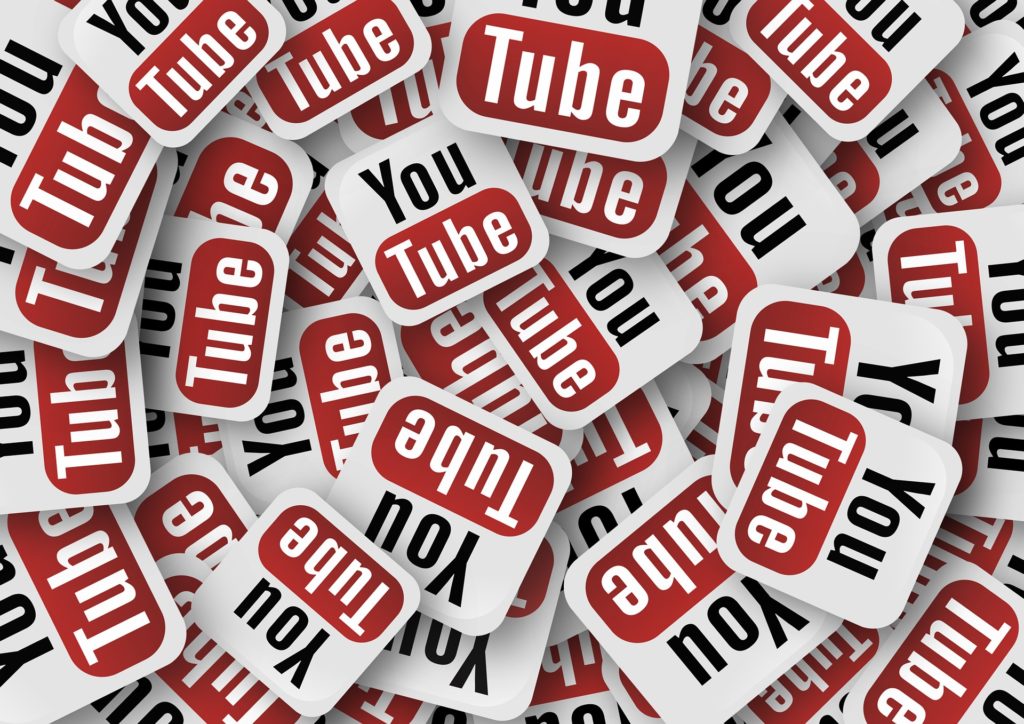
In a blog post, ubiquitous online video platform YouTube said on 26 June that users would now be able to tell it to stop suggesting videos from specific channels, putting the onus on users, rather than the company, to more proactively curate the content they see – and consume – on the platform.
YouTube said it would make three changes that would be rolled out over the weeks following the announcement. Firstly, users will be able to “ more easily explore topics and related videos” on their homepage and in the “up next” section – these suggestions will be “based on your existing personalized suggestions and are meant to help you find what you’re looking for faster”.
They will include “videos related to the one you’re watching, videos published by the channel you’re watching, or other topics which may be of interest to you”, and will be available “for signed-in users in English on the YouTube app for Android and will be available on iOS, desktop and other languages soon”.
Secondly, users will gain the ability to “remove suggestions from channels you don’t want to watch”. On the menu next to a video on the homepage or “Up Next” section, users can now click “Don’t recommend channel”, after which they “should” no longer see YouTube suggest videos from that channel.
It remains to be seen how effective the function will actually be for the majority of users, and YouTube noted that “you may still be able to find them if you subscribe, search for them, or visit the channel page or Trending tab”. This new feature is already available globally on the YouTube app for Android and iOS, and will be available on desktop soon.
Lastly, YouTube now offers information about why a video may have been suggested to a specific user, a functionality that has been available in Google Ads for some time now. When the platform recommends videos “based on what other viewers with similar interests have liked and watched in the past”, users will now see a box with more information below the video.
YouTube explained that this is in an effort to “explain why these videos surface on your homepage in order to help you find videos from new channels you might like”, and said the feature is already available globally on the YouTube app for iOS, and will soon be available on Android and desktop.
YouTube has recently faced criticism from various parties – including journalists and politicians – for allowing conspiracy theories, extremist views and misinformation to thrive and spread across its platform – and frequently recommending such content to users.
Researchers and journalists have demonstrated that people who visit YouTube to watch videos on innocuous – sometimes unrelated – subjects or mainstream news sources have been served recommendations pushing them towards extreme content.
Additionally, videos ostensibly for children on YouTube have contained horrifying content like suicide tips and violence inflicted on popular cartoon characters. The company is apparently under investigation by the US Federal Trade Commission (FTC) over this issue and as the investigation progresses, YouTube is considering moving all children’s content to its separate YouTube Kids app.


Leave a Reply